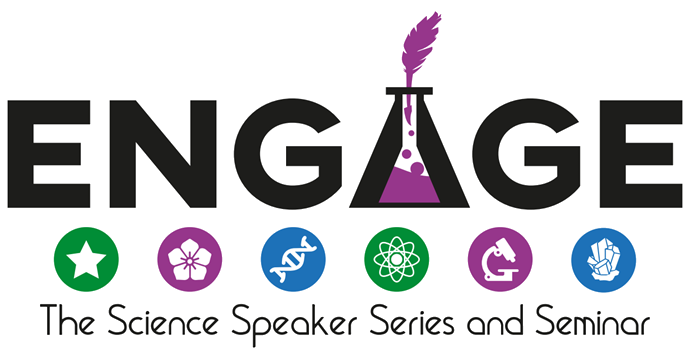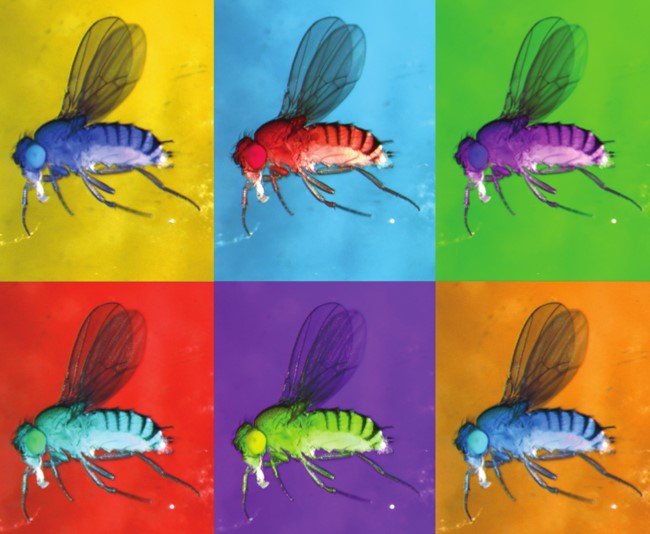Knitting with DNA (and fruit flies)
Photo Credit: Michael W. Vitalini, https://genestogenomes.org/the-buzz-about-flybook-its-here/
What do humans and fruit flies have in common? A lot, it turns out. For starters, we share 60% of our DNA with fruit flies.
DNA is often called the blueprint of life. It contains genetic information that makes us who we are. From information about our hair color to our susceptibility for certain types of cancer, our DNA has information about us that we might not even know about.
Our DNA contains genes, which encode specific pieces of information, like how much or which pigment to put in our hair. Information in a gene is used to make molecules called proteins that have unique functions specific to the gene. The Human Genome Project estimates that humans have between 20,000 and 25,000 genes. Fruit flies, on the other hand, have about 13,000. But not all genes are turned on, or expressed, throughout our lives; in fact, only a fraction of genes are expressed at any time in a given cell. One of the things that determine when genes are expressed is how our DNA is packaged.
Histones are the proteins that package our DNA. What spool is to yarn, histones are to DNA. Knitters use a spool to manage yarn and keep it from getting tangled. The spool organizes the yarn, but yarn that’s tightly wound around the spool can’t be manipulated. It’s the same with DNA and histones. DNA tightly wrapped around histones is inaccessible, and genes located on those portions of DNA don’t get turned on. Genes that are located on the portions of DNA that are more loosely wrapped can get expressed.
Both humans and fruit flies have four different histones that form the core of the spool. These are aptly called core histones. There are also variant histones that “swap in” for a core histone to perform specific functions, either in certain types of cells or during certain times in a cell’s lifespan. In both humans and fruit flies, a special variant histone is responsible for compacting DNA in the head of the sperm. Another variant histone is critical for embryonic development.
In fruit flies, there’s a gene called abo that controls the number of core histones that are made in the ovaries. If this gene is missing, the flies make more histones than they should in their ovaries and, therefore, their eggs. Having too many maternal histones arrests the development of embryos, resulting in fewer offspring from the affected mother.
Because abo affects the production of all four core histones, biologists, including myself, can use it as a convenient tool to manipulate the expression levels of all core histones. To study the consequences of histone overexpression, it is significantly easier to manipulate one gene – that is, abo – than to manipulate the expression of four different histone genes simultaneously.
Studying histones and the mechanisms of DNA packaging reveal how errors in packaging affect essential cellular and biological processes. In turn, this information allows us to distinguish inconsequential packaging errors from those that result in disease or death. And understanding this process in fruit flies can shed a light on the workings of human biology. Afterall, we share 60% of our DNA with these ephemeral winged creatures.
Risa Takenaka is a graduate student in the Molecular and Cellular Biology program at the University of Washington and the Fred Hutchinson Cancer Center. As an ecologist-turned-molecular-biologist, Risa is interested in understanding how evolutionary pressures have affected, and continue to affect, living things from fruit flies to humans at the genomic level.


